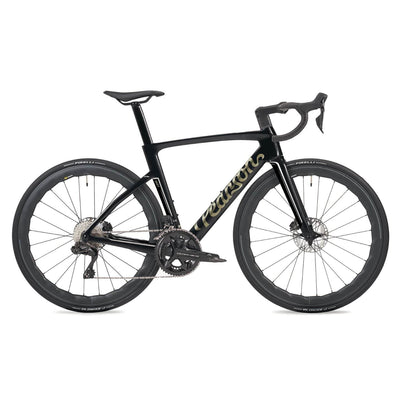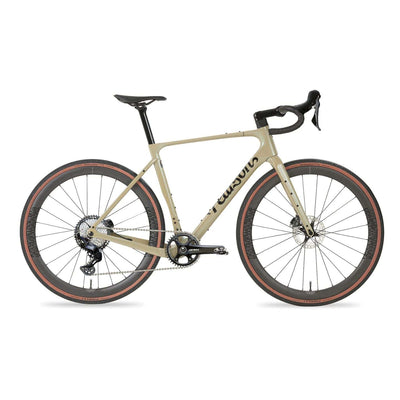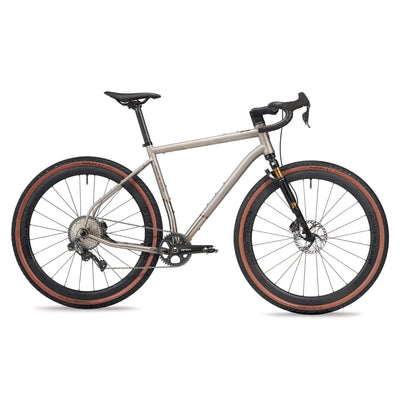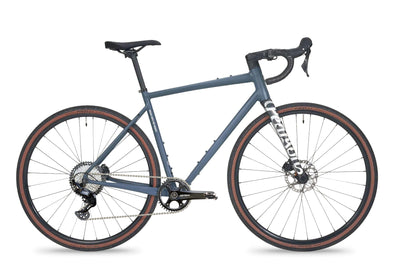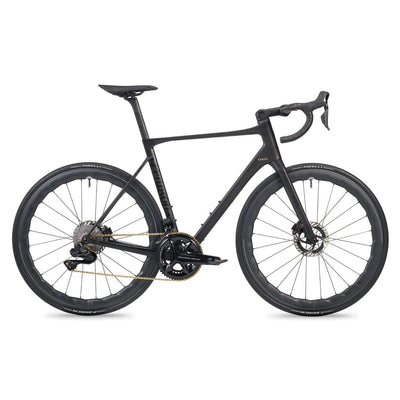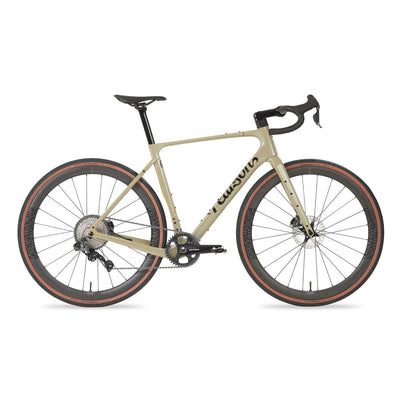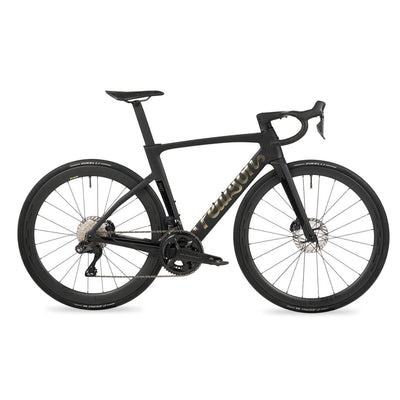Why you need a gilet in your life - and why two gilets are better than one
Often overlooked, a gilet or vest is a great addition to your cycling wardrobe, providing extra protection when you need it and a lot of versatility to match up your layering with changeable weather. Here’s why a gilet - or two - are a perfect addition to your cycling wardrobe.

Many cyclists struggle to get their clothing right for a ride. Even on warm mornings this summer I’ve seen people out riding in sleeved jackets, and in one case a guy on an e-bike had added a helmet cap to that.
Conversely, in the depths of winter there are people riding around in shorts when I’m wrapped up in tights, a thick jacket and full gloves. Maybe I just run hot in summer and feel the cold in winter?
But there are good reasons to get your clothing choices right for the weather. If you’re too warmly dressed in summer, you risk overheating, while too underdressed in winter and your muscles aren’t going to be working at their best. You might also start to lose the feel from your fingers, making it tricky to use your controls properly, a potential safety issue.
Unless it’s obviously going to be a hot or cold day, I usually stand outside for a few minutes before deciding what to wear for a ride. Even then it’s easy to get it wrong, as what can feel like a cold breeze at the back door can often turn out to be fine once I set out - or vice versa.

A versatile layer
That’s where a packable gilet comes in.
Like all outdoor sports, the secret of being comfortable when out on the bike is layering. What's most important for your core; get your torso properly protected and at the right temperature and your body will pump blood to your extremities, so they stay warm too. If your core is cold, your body will reduce your peripheral circulation to conserve warmth, so your legs, and particularly your arms and hands, which aren’t doing that much when you’re riding, will start to feel the cold.
Rather than donning a jacket that you have to ride in all day, a packable gilet can add windproofing and rain protection for your core when you need it, but you can stash it away when the weather - or you - warm up. Often the gilet will have a stuff sack so that it packs down small and it may take up only around half a jersey pocket when not in use.

Since the flow of cold air is mainly hitting the front of the gilet, this is usually made of windproof and water resistant fabric. There’s less need to keep your back protected and too much fabric here can get uncomfortably sweaty when you’re working hard on not-so-cold days. So the rear side of a lightweight gilet is usually made of a lighter fabric or is often even made of mesh to ensure good air circulation. There may be a panel of the front face fabric at the bottom rear too, to protect you from wheelspray if it rains.
It’s not usual to get pockets in the rear of a lightweight gilet, as it will be worn over a jersey, but you may get a slot to allow you to access your jersey pockets as you ride. Otherwise, you can rely on pulling up the rear to get at your food and other items.
A packable gilet is a lot easier to take off or put on when riding than a jacket with sleeves, although you’re sacrificing arm protection. If it’s cooler out, a pair of arm warmers like our Into My Arms merino warmers will help address this though. Arm warmers too take up little pocket space or can just be pulled down to the wrists when you don’t need them.

When choosing a lightweight gilet, make sure that it’s a reasonably tight fit, as the thin fabric can be prone to windflap, which can get annoying. A stretchy fabric construction or stretchy side panels can help here. The armholes on a gilet are particularly prone to windflap, so a close fit around these with elastic hemming is worth looking for, to help avoid them interacting with the airflow. A high neckline is also an advantage to avoid windflap and help to stop cold air finding its way down the front of your jersey and cooling you down.
If you don’t want to take your gilet off completely as you ride, you can always unzip it partially or completely for more airflow, although this will be even more likely to result in windflap.
All ready for cooler weather this autumn, we’re launching a brand new waterproof and windproof gilet. Called Gimme Shelter, it’s currently only available for men and is made of the same waterproof, breathable recycled nylon fabric as the Bryter Layter jacket, making it the ideal extra layer for iffy days when it’s not too cold.

More insulation for colder days
Alongside the Gimme Shelter lightweight gilet, we’ve got a brand new insulated gilet called Feel The Benefits, which uses Polartec Alpha insulation. Again, it’s available for men and women and is designed to be worn all ride when it’s that much cooler.
As with a lightweight gilet, an insulated gilet is designed to protect your core and keep it warmer. The principles are the same as with a lightweight gilet: windproofing and more insulation at the front, but a more breathable fabric for the rear panel to stop you from getting sweaty. It’s more likely that the rear panel will be made of a breathable fleeced fabric to provide some insulation though.
As colder days are often damp too, there may be a DWR coating to the rear panel or a water resistant dropped tail at the rear to fend off wheelspray. There’s usually a fleece lining to the collar, which will be nice and tall. This helps keep your neck warmer and keep out draughts. A separate neck warmer like our Stiff Upper Lip merino warmer can add even more warmth while being stowable if you’re too warm.

Since an insulated gilet is designed to be worn all day, it will often include pockets at the rear and sometimes a breast pocket too. Again, pair your gilet with arm warmers for more protection and the flexibility to adjust your insulation as the conditions change. Thicker arm warmers like our Roubaix fleeced Call To Arms will add extra warmth over lighter weight summer warmers.
Insulated gilets aren’t as packable as lightweight ones, so although you can potentially stash your gilet if it warms up, this may take up a lot of pocket space. But you still have the ability to regulate your core temperature by unzipping or part-unzipping during a ride.
So if you’ve got a lightweight gilet and an insulated gilet in your wardrobe, you should be covered for most conditions you’ll encounter in the period between jersey-only summer riding and full-on winter jacket weather - unless it’s raining, when we’d recommend our Bryter Layter lightweight, breathable rain jacket.


